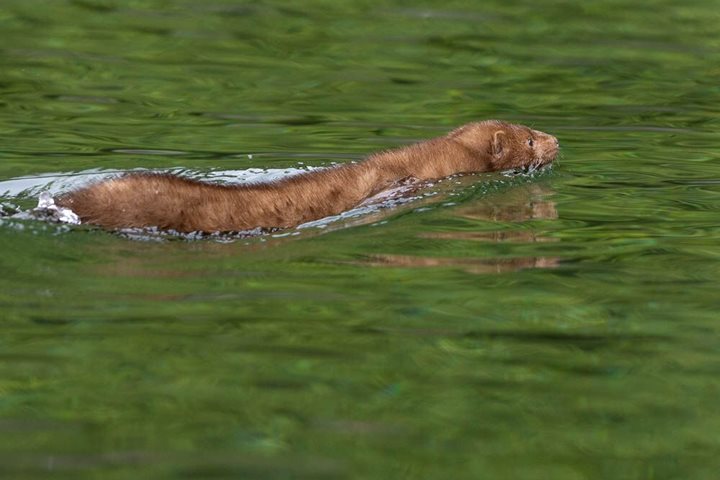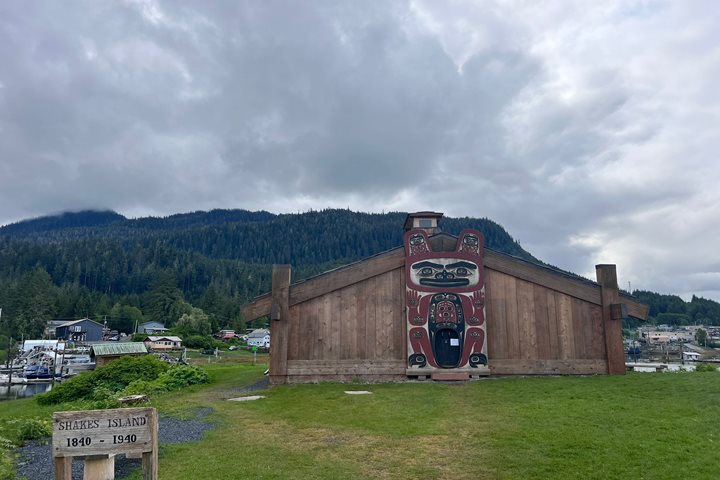Our day began with an early wake-up call — killer whales were near the ship! The observation deck on the bow filled with joy as the group swam around, giving us all great looks and beautiful photos. We continued to cruise around Frederick Sound, stumbling upon a pair of humpback whales feeding. After passing by Five Finger Lighthouse, we sailed to our anchorage for the afternoon and explored Cascade Creek through a variety of hikes and Zodiac tours. The day ended with our transit through Wrangell Narrows, as we headed toward the town of Wrangell, our destination for the next day.
6/5/2025
Read
National Geographic Sea Lion







